Symptoms of Low Progesterone

Related products
Learning about low progesterone and its symptoms is essential in resolving various health-related concerns. The sex hormone progesterone is crucial in the menstrual process and fertility as it stimulates multiple body functions. When progesterone level is low, symptoms can emerge in many forms. This article will guide you on recognizing low progesterone symptoms and how to manage them for a better quality of life.
Normal progesterone levels
Progesterone levels vary and fluctuate. Several factors, including where you are in your age, menstrual cycle, and pregnancy stage, can dictate what is "normal." Before ovulation (during the follicular phase), progesterone stays low, rises halfway through the menstrual cycle, and becomes the dominant sex hormone after ovulation. The peak of progesterone levels is in the middle of the luteal phase. If pregnancy does not occur during the cycle, progesterone levels drop again, and the menstrual cycle begins again. If pregnancy occurs, progesterone levels keep on rising to maintain the pregnancy. Regarding how old a woman is, progesterone levels naturally reduce with age.
What is low progesterone?
Progesterone regulates your menstrual cycle, enhances mood, and supports several reproductive processes. As its level goes down due to certain factors, it can create a hormone imbalance that negatively affects a woman’s health. Low progesterone levels may lead to oestrogen dominance, as characterized by comparatively high levels of oestrogen. Insufficient progesterone can also cause abnormal bleeding in the uterine of women who aren’t pregnant, and irregular or missed periods. You may have problems conceiving without enough progesterone in your system. Abnormal levels of progesterone can pose a risk to your fertility and overall health.
Causes of low progesterone
Various factors can contribute to a wide variety of low progesterone symptoms, varying from one person to another.
Hypothyroidism
Hypothyroidism is when the body doesn’t produce sufficient level of thyroid hormones to maintain healthy function. Even though it does not directly produce progesterone, the thyroid gland is critical for regulating the endocrine system. Hypothyroidism can influence progesterone levels by being unable to control hormone levels in the body, affecting ovulation. Without ovulation, progesterone levels are relatively low.
Irregular cycle
Progesterone primarily functions to help regulate the menstrual cycle, and when its low levels can make your menstrual cycle irregular, preventing ovulation and disrupting your period.
Menopause
Progesterone naturally decreases as a woman ages. It becomes relatively much lower levels than it was during her premenopausal years. As menopause concludes her ovulation and fertility, ovaries no longer release progesterone. The body exhibits this hormone level drop via common physical symptoms of menopause, such as fatigue, hot flashes, mood swings, and vaginal dryness.
Miscarriage
When progesterone is deficient, a fertilized egg can fail to implant into the womb. A woman needs sufficient progesterone levels to maintain her uterus until she gives birth. Otherwise, the pregnancy may terminate via miscarriage.
Symptoms of low progesterone
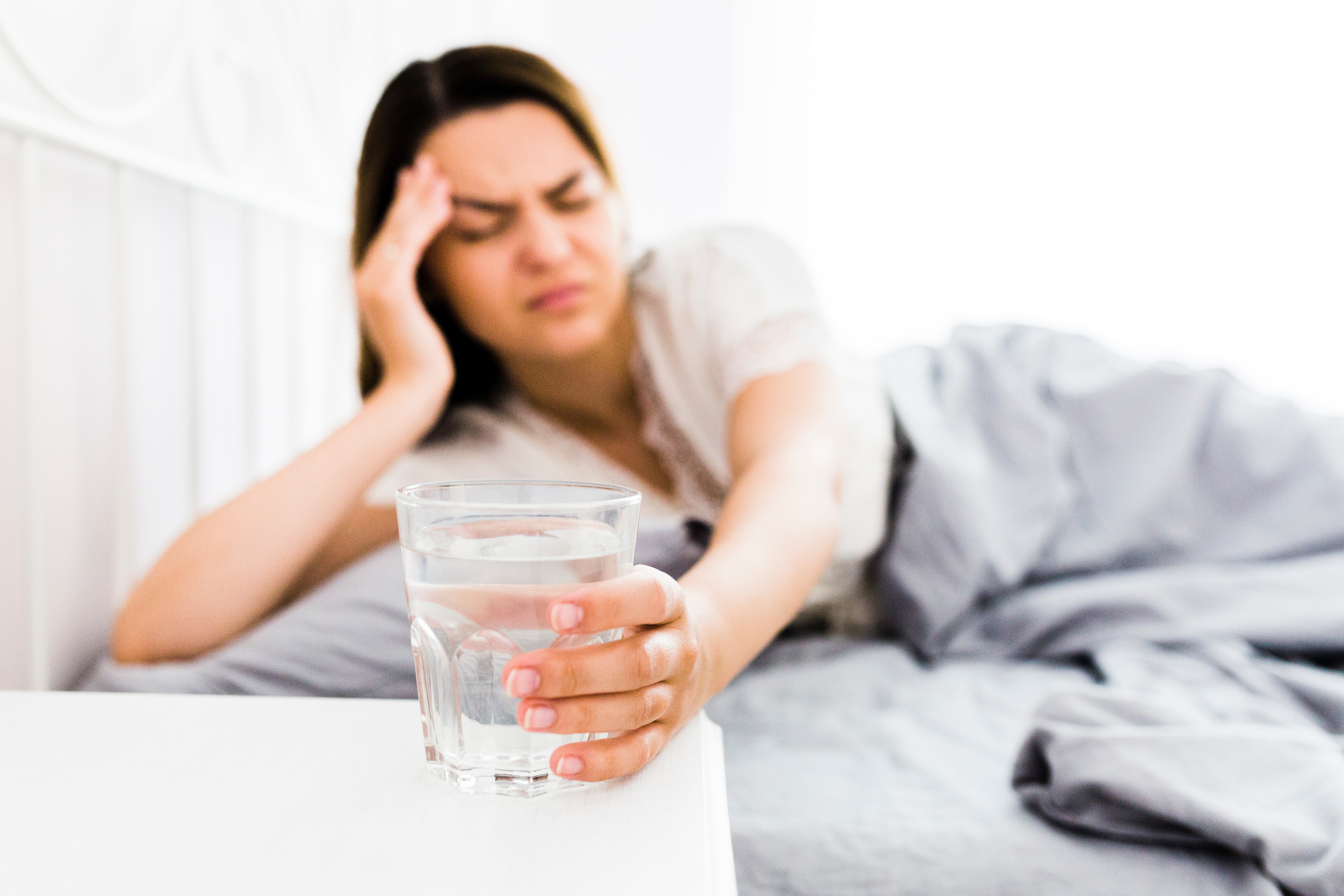
With low progesterone levels, the following discomforting symptoms may arise:
Headaches
Changes in a hormone cause headaches, especially when it is progesterone. While helping regulate the menstrual cycle, this particular hormone also affects headache-related chemicals in the brain. In addition, oestrogen changes are associated with progesterone levels, which can cause vasodilation and water retention, triggering headaches.
Hot flashes
Hot flashes refer to the sudden warmth in the upper body, which is usually most intense over the face, neck, and chest, and may appear with reddened and sweaty skin. It can be mild or severe, and hormonal imbalances are almost always the culprit. Low progesterone can provoke oestrogen to become comparatively dominant; this imbalance can induce hot flashes.
Infertility
Progesterone primarily sustains your body for and during pregnancy. Progesterone levels that are too low are insufficient for a woman to get and stay pregnant. Without the required levels, infertility also becomes a challenge in conceiving even after a year of regular and unprotected sex.
Night sweats
Changes in hormone levels can also cause night sweats. The hormonal imbalances push your body’s thermostat to become more sensitive; even in the slightest change in the temperature, your body starts to sweat as a mechanism to cool you down.
Vaginal dryness
Unbalanced levels of the hormones oestrogen and progesterone can cause vaginal dryness to occur as a side effect. Stress, mood swings, and low libido can also result in a lack of sexual arousal and lubrication, leading to vaginal dryness.
Polycystic ovarian syndrome
Polycystic ovarian syndrome (PCOS) is a condition in which the ovaries produce an abnormal amount of androgens. These male sex hormones are usually present in women in small amounts. Polycystic ovary syndrome describes the numerous small cysts (fluid-filled sacs) that form in the ovaries. However, some women with this disorder do not have cysts, while some women without the condition do develop cysts.
Treatment for low progesterone
Treatments have been made available to reverse the most common symptoms of low progesterone, which are usually supplemented. Taking progesterone is entirely safe and may help maintain pregnancies that would otherwise end in miscarriage, in addition to treating fertility issues, initiating menstruation, and relieving severe PMS symptoms.
Creams
Topical and vaginal creams and gels are available as treatment option for low progesterone. They take effect via direct application of the hormone to the skin, where it can quickly permeate into your bloodstream. Your doctor will be the one to specify progesterone creams for health concerns like treating infertility or maintaining a pregnancy. Over-the-counter progesterone creams are widely available as a universal treatment for causes of low progesterone, with no set standards for their formulation.
Oral medicines
Oral progesterone medication is another option for treating low progesterone symptoms, especially in women undergoing menopausal hormonal therapy (MHT). Women of reproductive age also resort to this option to address amenorrhea. In addition to initiating menstruation, it helps alleviate severe PMS symptoms and treat irregular uterine bleeding. It is a prescriptive drug and should only be taken as supervised by a doctor.
Suppositories
A typical progesterone suppository contains between 50-400 mg of progesterone. Once inserted into the vagina, the suppository gradually releases the hormone into the body, which is absorbed into the bloodstream. Suppositories are generally safe to use and do not pose harmful side effects to a woman using them, her baby, or her partner. However, some may experience mild side effects such as vaginal irritation, dryness, or a yeast infection. Women should not use suppositories unless prescribed by their doctor. They should consult with a GP immediately if they experience severe side effects after having a dose.
The takeaway
Low progesterone can cause different problems in men and women. However, some treatments can help correct low progesterone. Hormone therapy may be a long-term solution for some women, especially postmenopausal women. Talk to your doctor about which treatment is best for you. It may take several weeks for hormone therapy to take effect. You can also work with your doctor to re-evaluate your treatment plan yearly.
To measure the progesterone level in your body by click here to order our private at-home Progesterone Blood Test.
Here at Welzo, we offer several kinds of progesterone replacement medicines. To view our range and begin an online consultation, click here.



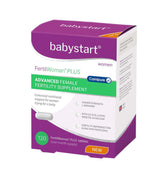
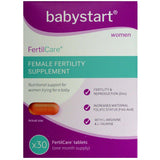






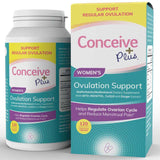
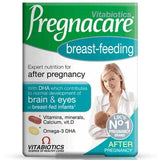


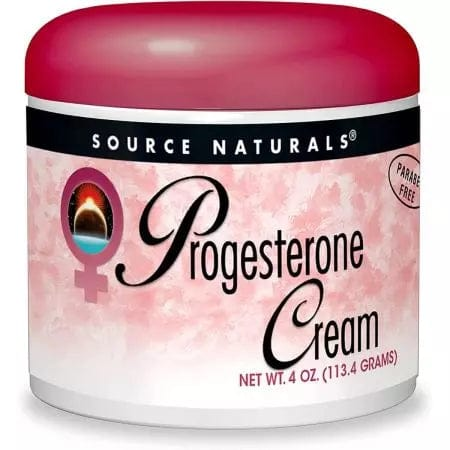


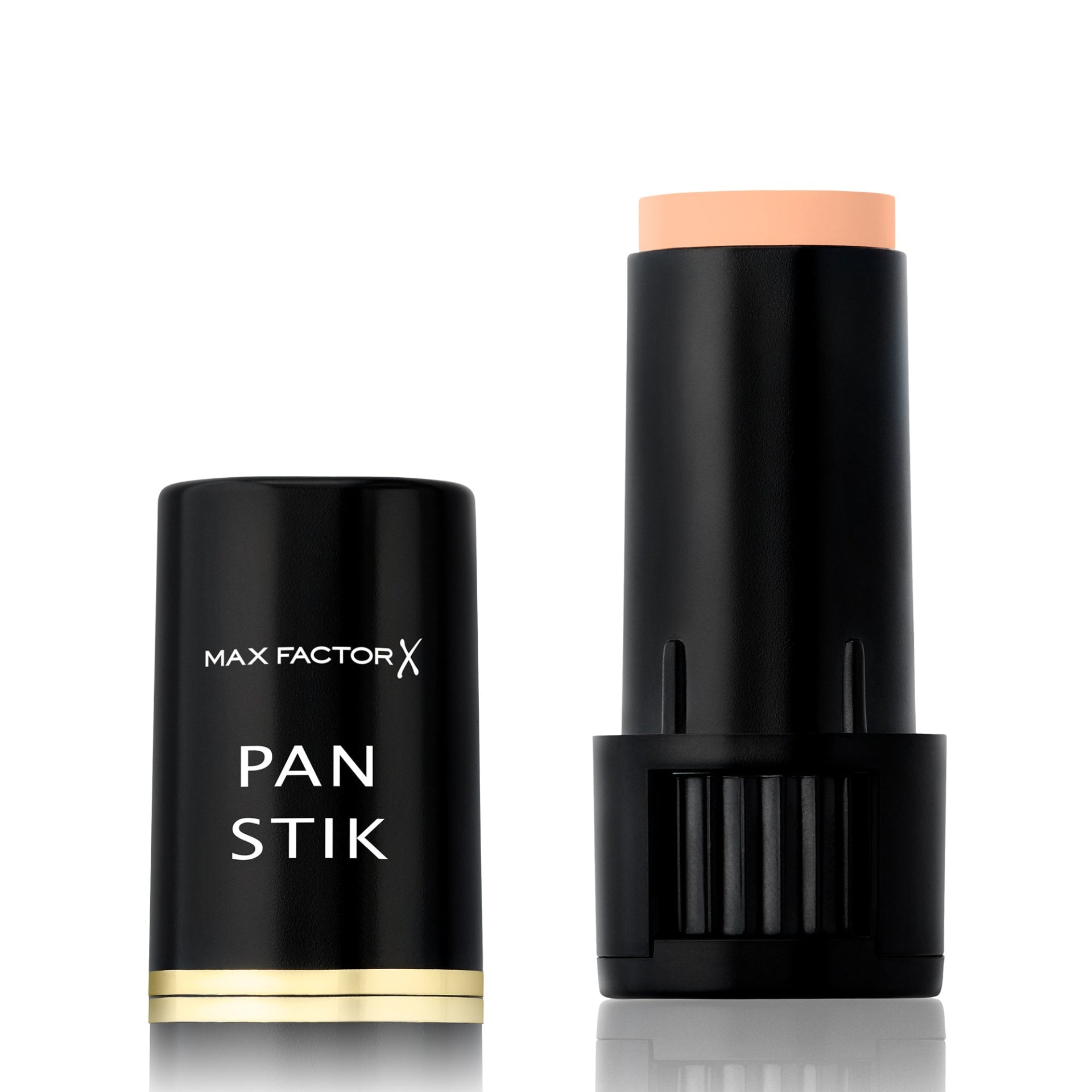
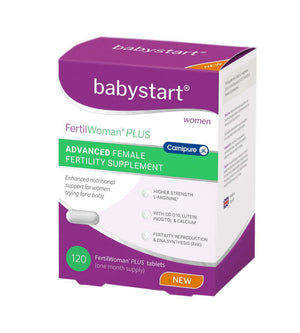
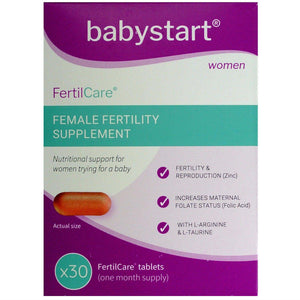
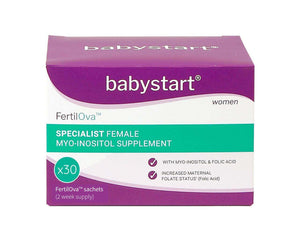


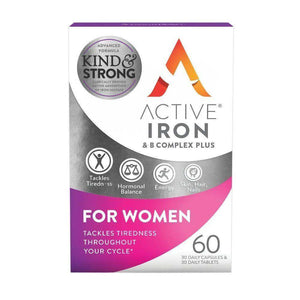


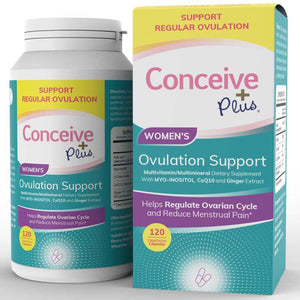
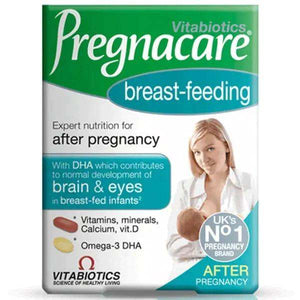




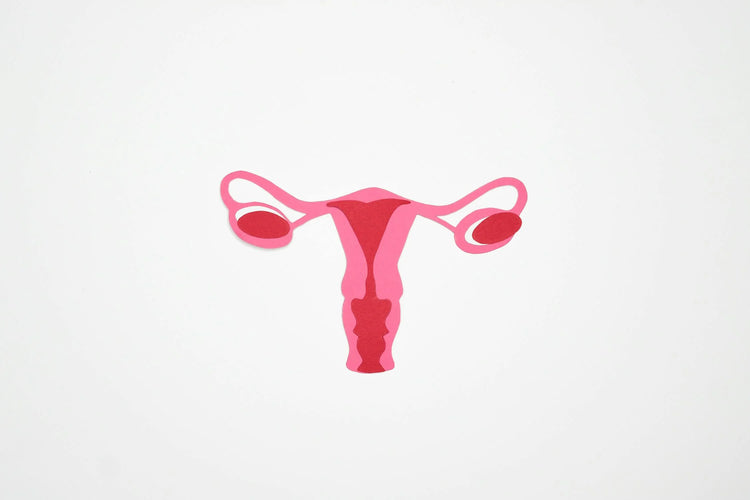

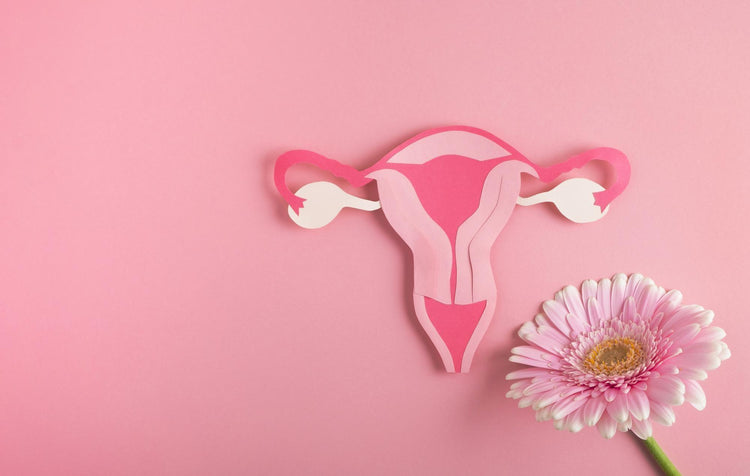



 Rated Excellent by 26,523+ Reviews
Rated Excellent by 26,523+ Reviews